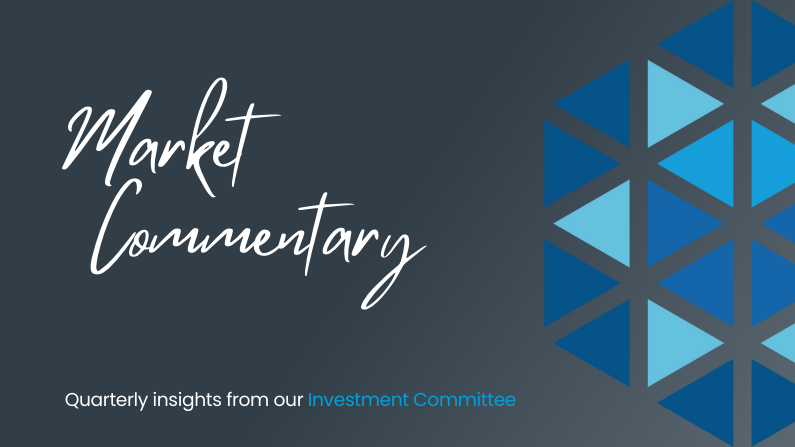FINESSE
By, Steve Taddie, Peter Mueller, & the HC Investment Committee
Much like the end-game in chess, the Federal Reserve’s (Fed’s) battle with inflation is transitioning from shock-and-awe opening and mid-game moves, to a more fine-tuned strategy using selective efforts to finish the job. We have experienced ongoing Fed comments (aka Jawboning) about policy direction, designed to better clarify its current and/or future actions. For example, comments with a more hawkish (anti-inflation) tone are, and have been, quite effective in curbing the enthusiasm of financial markets and businesses. Whether the Fed is done raising interest rates or has another one or two moves left is not as important as the 5% (500 basis points) increase made over the last 15 months. The debate on the subject among economists shows forecasts of future Fed action ranging from rate cuts to rate hikes this year, to no rate cuts until 2025, and a variety of scenarios in between. It all seems to come back to the Fed watching the game play out a bit more before committing to a move.
Inflation has shown signs of easing, the Fed’s jawboning has turned less hawkish, and on the shoulders of a very resilient employment market, the economy is proving resilient. Investors noticed and have flowed money back into the US equity markets accordingly. Through June 30, the S&P 500 rose by about 16%, and the 10-year US treasury bond yield has remained in a tight range finishing where the year started at 3.85%. This positive economic news should be good news for the markets, as long as it’s not too good that the Fed gets more aggressive.
One of the related issues that goes hand in hand with reining in inflation is reduced economic activity, as policies are typically designed to reduce demand for goods and services, which puts a damper on prices. The Covid related rebound is behind us, and prior Fed rate hikes are having an impact. As a result, economic activity in the US has dropped into a lower gear, which has reduced the upward pressure on consumer prices. When the Fed was firing all the policy tool cannons, they often drew sharp criticisms for tightening “too much and too fast”. Like many market participants, we too would have preferred a slower tightening path to preserve financial market stability. However, we were also keenly aware of the downside risk of persistent and pervasive inflation over the longer term. In the game of chess and Fed policy, it is easier to criticize the first moves of the game rather than the end-game, as it is the most tedious phase, with less room for mistakes. It is here that masters of the game prove their mettle.
Looking at the strength of the jobs market, one would hardly think that the Fed has been tightening policy for 15 months; the number of available jobs greatly outpaces the number of job seekers. The mismatch has been narrowing, but the market still favors job seekers. While we believe that the argument for more Fed rate hikes is rather weak, we can’t say that another 25 basis points or so makes that much of a difference in the greater scheme of things. Time will tell, and we will learn more as economic data reports are made available, and as upcoming Federal Reserve Board meetings pass.
Living in an uncertain, multi-faceted world, there are many things to worry about in today’s global economies and markets. Be it the Russia/Ukraine war, the China/US standoff, the inflation/recession debate, the valuation of stocks/real estate, etc., one by one, uncertainties become more understood, but of course are often replaced by yet another uncertainty. This is the world we live in, and we really don’t see a change to the status quo of ongoing uncertainty. The expected economic output from China’s much delayed reopening has not materialized as expected, and that translates to weaker growth amongst China’s trading partners and less robust global growth. The bond market is signaling that short-term interest rates will be lower in the next few years, and the stock market is signaling that economic activity may be approaching a near-term low with improvement on the horizon.
Although the stock market has risen year-to-date, it is still more volatile than most of us would prefer. Managing through periods of volatility often separates long-term investors from the rest of the pack, as it is easy to lose sight of longer-term goals and strategies when the tide and the news flow is negative. Investing and wealth management is a never-ending process, and it is during these times that the finesse employed by your advisory team becomes most valued.

Stephen J. Taddie, CBE® CFM

Peter Mueller, MBA, CFP®
For a downloadable version of this quarterly commentary click here.

